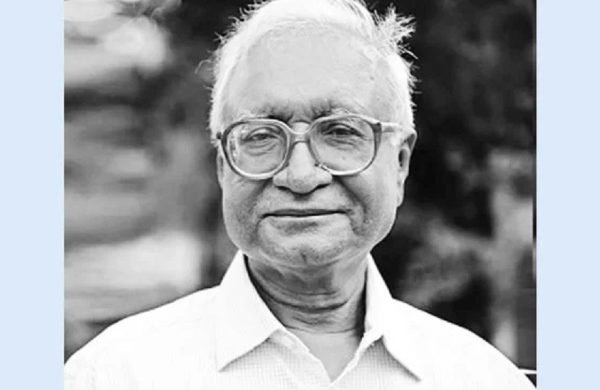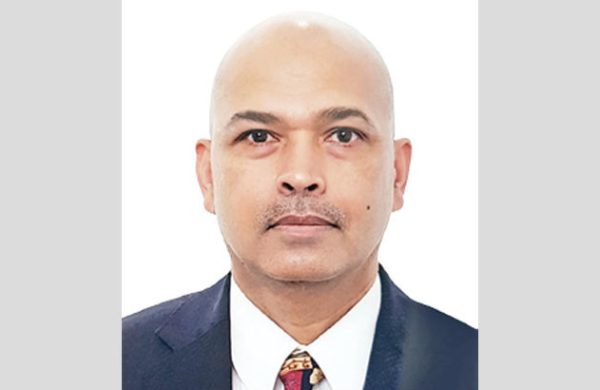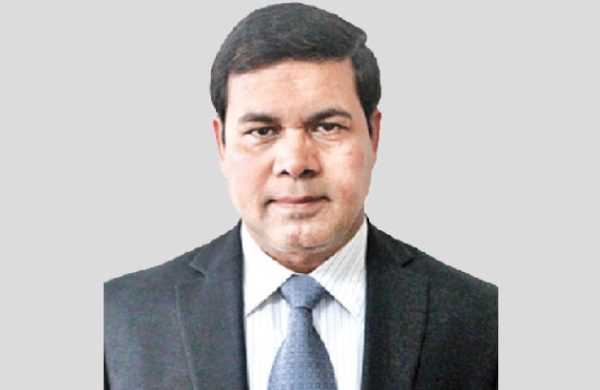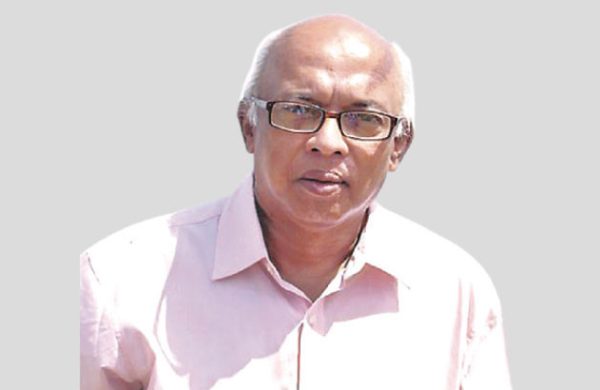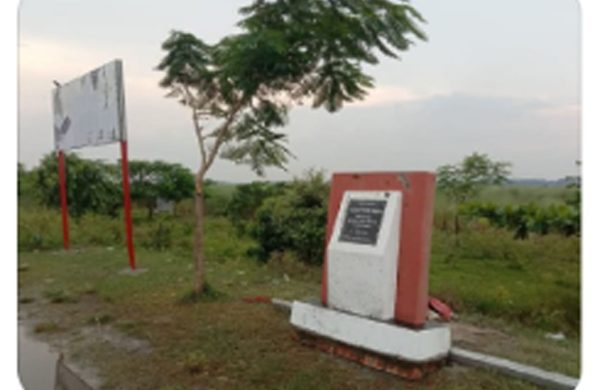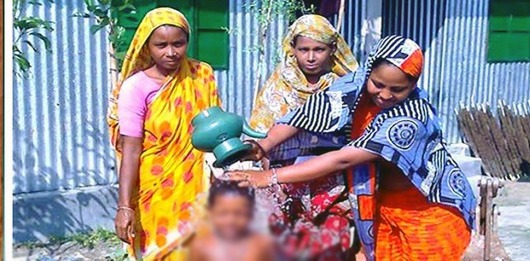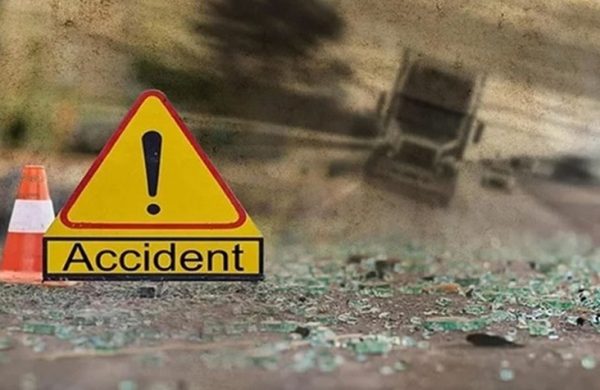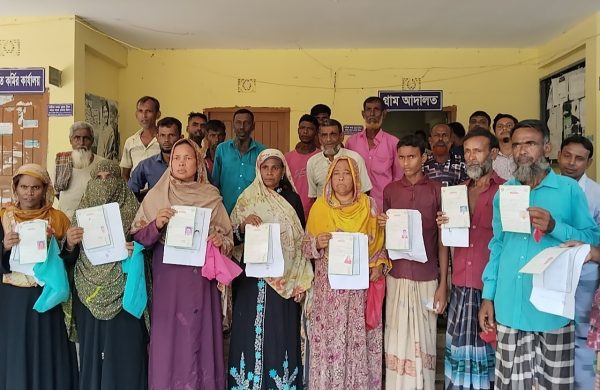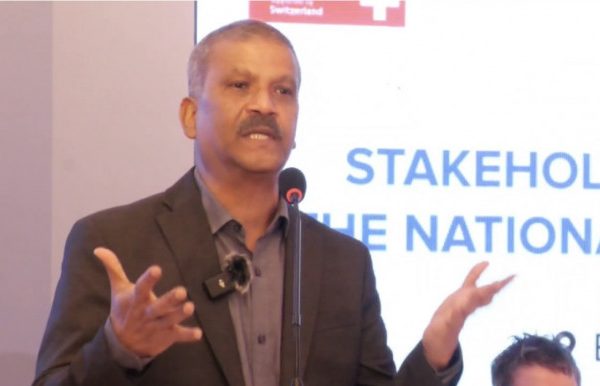Watt’s going on? A renewable dream stuck in load-shedding
- Update Time : Monday, May 12, 2025
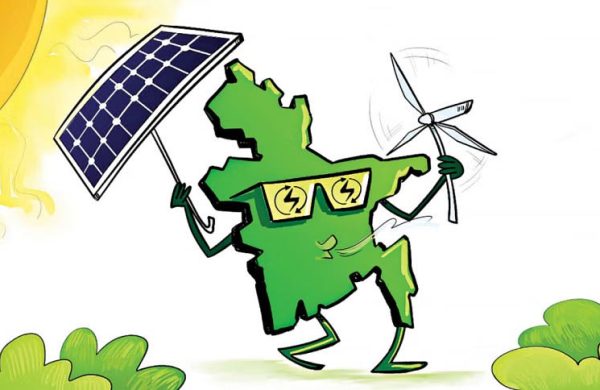
—Noshin Nawal—
Renewable energy in Bangladesh is a bit like your overly ambitious cousin who swears they’ll start waking up at 6:00 am, run 10 kilometres, and read Tolstoy before breakfast—grand promises, minimal follow-through, and inevitably back to square one by the weekend. Every now and then, we’re treated to a flashy announcement: a new solar megaproject here, a bold wind energy target there, all wrapped in glossy government statements and hashtags like #GreenBangladesh. We are now in 2025, and despite years of courtship with solar panels and flirtation with wind turbines, we’re still stuck in a toxic relationship with fossil fuels—cuddling up to imported coal and whispering sweet nothings to liquefied natural gas (LNG).
Let’s look at the reality behind the ribbon cuttings. Despite years of lofty commitments and climate conference pledges, renewable energy in Bangladesh accounts for only about 4.5 percent of total installed cap acity, and more than 80 percent of that comes from solar. But even that number flatters to deceive. Most of it is from small, decen tralised systems—rooftop solar, solar home systems in villages—not large-scale, grid-connected solar farms. The sun might shine relentlessly here, but our solar energy ambitions collapse faster than a flimsy Dhaka umbrella in July rain.
Why is the picture so bleak in a country that quite literally bakes under the sun and gets enough wind along the coast to power an Atif Aslam concert? Because our approach to renewable energy is equal parts chaotic and comical. Think of it as a gym subscription, enthusiastically bought, barely used, and always waiting for “the first of next month.” One minute we’re promising 6,000 megawatts of renewable energy by 2025, and the next, we’re cutting the power sector budget by 15 percent and quietly stalling the very policy reforms that would make those targets remotely achievable.
Let’s dissect the big announcement. The long-awaited draft of the Renewable Energy Policy (REP) 2025 was finally published in February, heralding the same old excitement, now with bigger numbers. It promises that by 2030, Bangladesh will generate 20 percent of its electricity—6,145 megawatts—from renewables. By 2041, this will leap to 30 percent. It sounds impressive until you realise the whole projection is based on an inflated electricity demand estimate from the Integrated Energy and Power Master Plan (IEPMP). According to the Centre for Policy Dialogue (CPD), a more realistic figure for 20 percent renewable electricity by 2030 would be around 5,600 megawatts, and just 10,500 megawatts for 30 percent by 2041. In other words, the government has taken some creative liberties with its math.
Let’s not forget that back in 2008, Bangladesh set a modest goal of reaching 10 percent renewable electricity by 2020. That deadline ghosted us like a flaky Hinge match. Fast forward to today, and we’re barely scraping five percent. Yet we are now expected to believe we’ll quadruple that number in just six years. To put things in perspective, even China, the undisputed heavyweight champion of renewables, is targeting 25 percent non-fossil energy by 2030. Bangladesh, which has neither China’s resources, infrastructure, nor investment climate, thinks it can match that. Bold. Delusional, but bold.
What really makes the draft policy shine, in the same way cheap plastic does under bad lighting, is its complete avoidance of any fossil fuel phase-out plan. Countries like the United Kingdom and Germany have legally committed to phasing out coal. Bangladesh? We’re still busy signing new fossil fuel deals like it’s 1999. The draft throws around the phrase “green energy” with such abandon you’d think it means anything remotely not-black—bioenergy, waste-to-energy, and other vaguely greenish things. Meanwhile, natural gas and nuclear power continue to dominate the IEPMP, making the entire renewable section of the policy feel like a reluctant afterthought, written at 2:00am before a donor meeting.
It gets better—or worse, depending on your appetite for bureaucratic chaos. The draft assigns oversight of renewable energy projects to the Sustainable and Renewable Energy Development Authority (SREDA ), while giving licensing power to the Bangladesh Energy Regulatory Commission. So now, we’re left with a classic two-headed administrative monster. One body to dream up ideas, another to sign them off, and both to blame each other when nothing gets done.
Financing? That part is written in invisible ink. The policy mumbles about a Sustainable Energy Development Fund but uses delightful hedging language like “may be implemented” and “could be considered.” Which is a bit like a marriage proposal that goes, “I might, perhaps, love you… in theory.” It name-drops Bangladesh Bank and the Infrastructure Development Company Limited but forgets to outline how any of this will translate into real money. There’s not a single concrete strategy to generate the billions of dollars necessary for this transition. And foreign investors? The policy greets them with all the warmth of a Dhaka traffic jam. No incentives, no guarantees, just a polite shrug and a vague mention of possible stamp duty waivers.
Industries, which consume most of the electricity in the country, don’t fare much better. The draft policy gives a casual nod to rooftop solar for factories but offers no real blueprint for integrating solar energy into the energy-hungry manufacturing sector. It dangles carrots like “production-linked incentives may be provided” and “waivers may be considered for EVs,” without saying anything. The entire policy reads like a horoscope—generously vague, suspiciously optimistic, and completely open to interpretation.
And what of our national grid? Ah, yes, that antique piece of electrical infrastructure, about as ready for a renewable revolution as a tea kettle is for launching satellites. Our solar projects sit idle because the grid can’t handle the load. Wind projects are stuck in limbo. Meanwhile, someone from the ministry insists it was all “working fine yesterday.”
Meanwhile, ministers cruise around in fossil-fuel-guzzling sports utility vehicles (SUVs), giving speeches about green energy in front of billboards that read “Go Green” in fonts large enough to be visible from outer space. It’s satire that writes itself.
So, what can actually be done? For starters, REP 2025 needs a serious rewrite. Targets must be based on sound projections, not fantasies. A proper fossil fuel phase-out timeline must be included. Financial incentives should be made real, not theoretical. Off-grid and rooftop solar should be given a central role in industrial zones. SREDA needs to be empowered with full licensing authority, so at least someone is clearly in charge. And above all, we need to swap out all those “may”s and “could”s for “shall”s and “will”s—because climate change doesn’t respond to passive voice.
Right now, Bangladesh’s renewable energy policy looks like it was written to impress donors and confuse citizens. And as we fumble forward with candles during load-shedding, fanning ourselves with expired optimism, it’s worth remembering potential means nothing without action.
Thus, here’s hoping we graduate from glossy dreams to gritty implementation. Because sunlight may be free, but stupidity is proving to be very, very expensive.
——————————————————————————————-
Barrister Noshin Nawal is an activist, feminist, and a columnist. She can be reached at [email protected].


